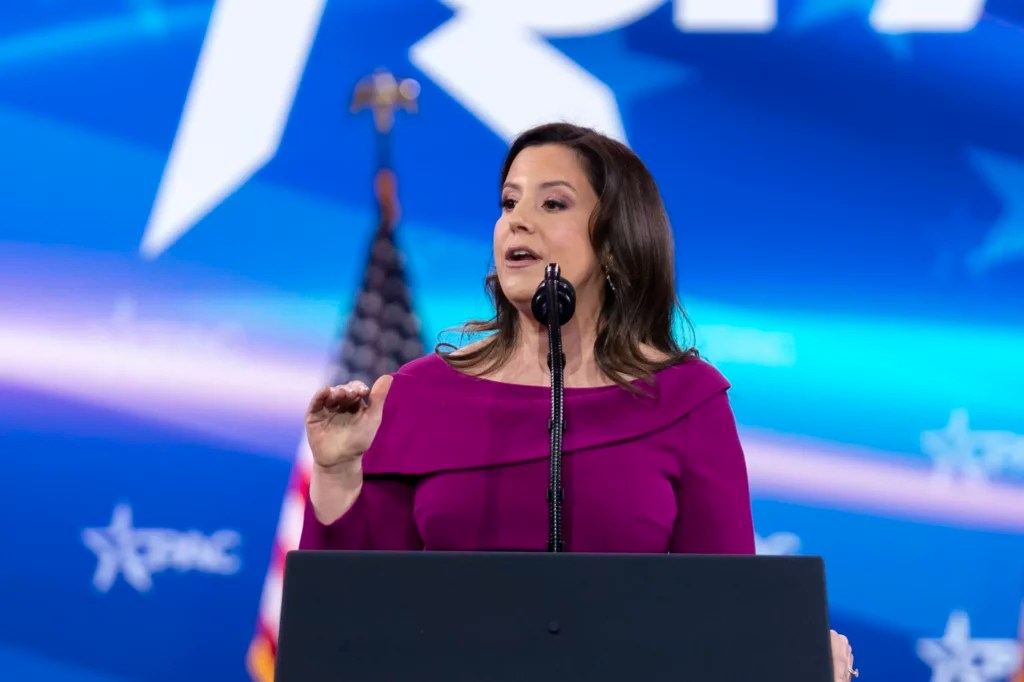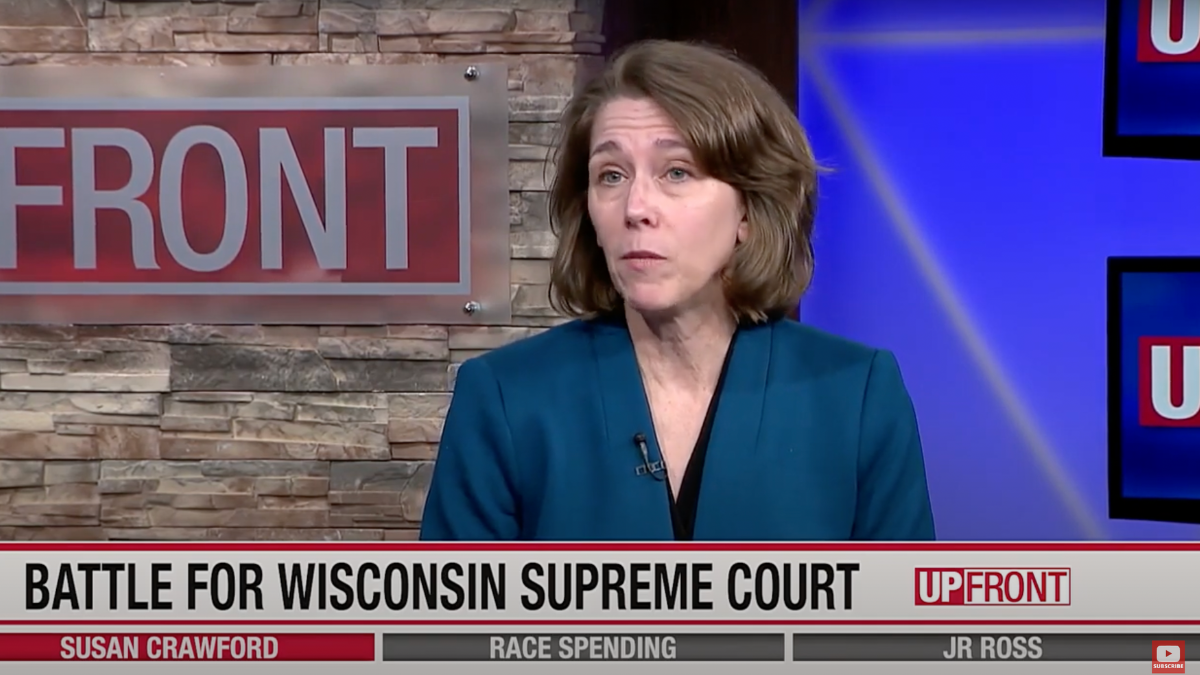IN-DEPTH: 3 Things to Know About House Debt Limit Bill Set for Vote This Week
Get ready for a political showdown as the House of Representatives prepares to vote on the Republican plan to raise the debt ceiling. The plan aims to cut spending and stimulate economic growth, but its passage in the Democrat-controlled Senate is far from certain.
House Speaker Kevin McCarthy (R-Calif.) introduced the Limit, Save, Grow Act of 2023 in a House floor speech on April 19, saying, “We owe it to the American people to use this moment in history to deliver the future they want, need, and deserve.”
So, what’s in the bill, what do Republicans hope to achieve, and what could happen next?
Cuts, Caps, Clawbacks
The bill would limit spending by returning discretionary federal spending to the 2022 level.
However, many Republicans have said they would not cut defense spending, which accounts for more than half of the discretionary portion of the budget. That would require a 22 percent decrease in many programs Americans depend on, according to President Joe Biden.
The bill would also cap growth in discretionary spending at 1 percent annually for 10 years. Discretionary spending increased 1.5 percent in 2022 and is projected to grow even more by the end of fiscal year 2023.
The bill proposes to save taxpayer money through so-called clawbacks of some funds that have already been allocated but not yet spent. The plan would prevent some planned spending from going ahead.
Third, Republicans say the bill will grow the economy in two ways. One is by reinstating work requirements for many people receiving Supplemental Nutrition Assistance Program funds (SNAP) or Medicaid.
The bill requires states to track and report the percentage of people enrolled in SNAP who are employed, and the median earnings of those who were eligible to work upon leaving the program.
The bill will also grow the economy by repealing or altering certain green-energy tax credits, including those for solar and wind facilities serving low-income communities, second-generation biofuels, and electric vehicles.
Democrats have focused their opposition mostly on the cuts to government programs.
As for provisions of the bill, the speaker seems to be less concerned with the line items than with using its passage as a means to bring Biden to the negotiating table.
The president has been stalling for months on discussing the debt ceiling, insisting that to do so would call into question the “full faith and credit of the United States.”
As for negotiating on spending, Biden has said there was no point because the Republicans had not yet unveiled their proposed cuts.
That changed on April 19 when McCarthy presented the Limit, Save, Grow Act.
McCarthy said that since Republicans have now introduced a clear plan, “President Biden has a choice. Come to the table and stop playing partisan political games, or cover his ears, refuse to negotiate, and risk bumbling his way into the first default in our nation’s history.”
According to insiders, Biden may be overestimating the level of division among Republicans. Even so, Republicans hold 222 seats in the House and can afford few defections if they are to achieve a 218-vote majority.
Get ready for a political showdown as the House of Representatives prepares to vote on the Republican plan to raise the debt ceiling. The plan aims to cut spending and stimulate economic growth, but its passage in the Democrat-controlled Senate is far from certain.
" Conservative News Daily does not always share or support the views and opinions expressed here; they are just those of the writer."





Now loading...